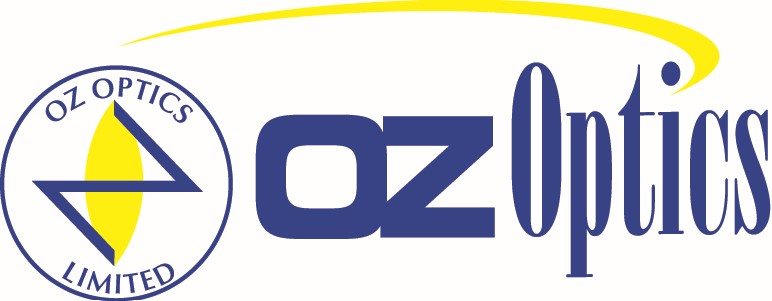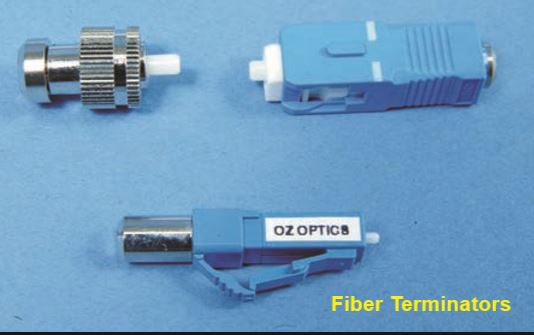Product number:
SW10716
Manufacturer:
OZ Optics
Product information "TER Fiber Terminators"
1300 to 1620 nm; Connector Type Ultra FC, SC, ST, LC; Backreflection >50 dB; Power Handling ≤1W; Fiber Type Single Mode 9/125
OZ Optics' TER series of fiber optic terminators are recommended for any fiber optic system with unused ports. Non-terminated ports may create unwanted backreflections that can degrade overall system performance. These terminators can be easily installed into panel mount receptacles to significantly reduce reflections from the fiber face. Terminators are available for FC, SC, LC and ST style connectors with Ultra polish grade.
Key Features:
- Low Backreflection
- Compact Size
- High Reliability
- Low Cost
Applications: Fiber Optic Telecommunications; Fiber Amplifiers; CATV Systems; Optical Network Equipment
Manufacturer "OZ Optics"
Located in Canada's capital city of Ottawa and established in 1985, OZ Optics Ltd. is a leading worldwide supplier of fiberoptic products for existing and next-generation optical networks such as components and test equipment. Target markets include telecommunications, cable television, medical, military, industrial, aerospace, petrochemical and educational sectors. OZ Optics is ISO 9001:2000 and Telcordia certified.
Related links of the manufacturer


